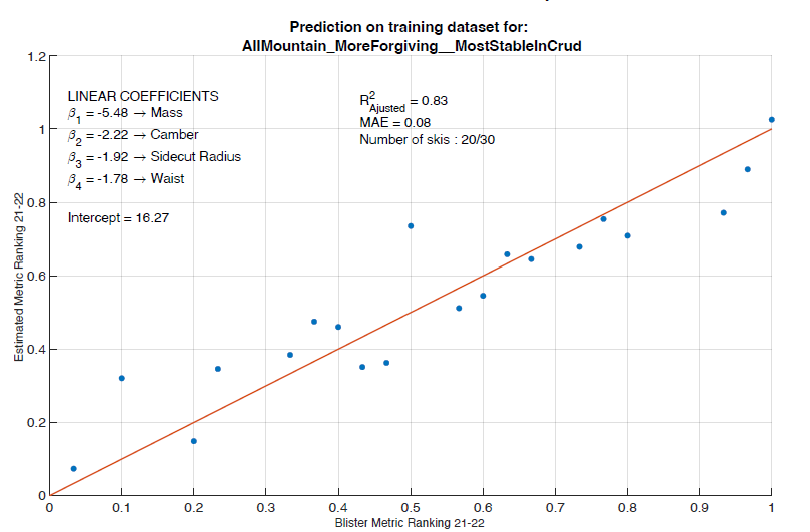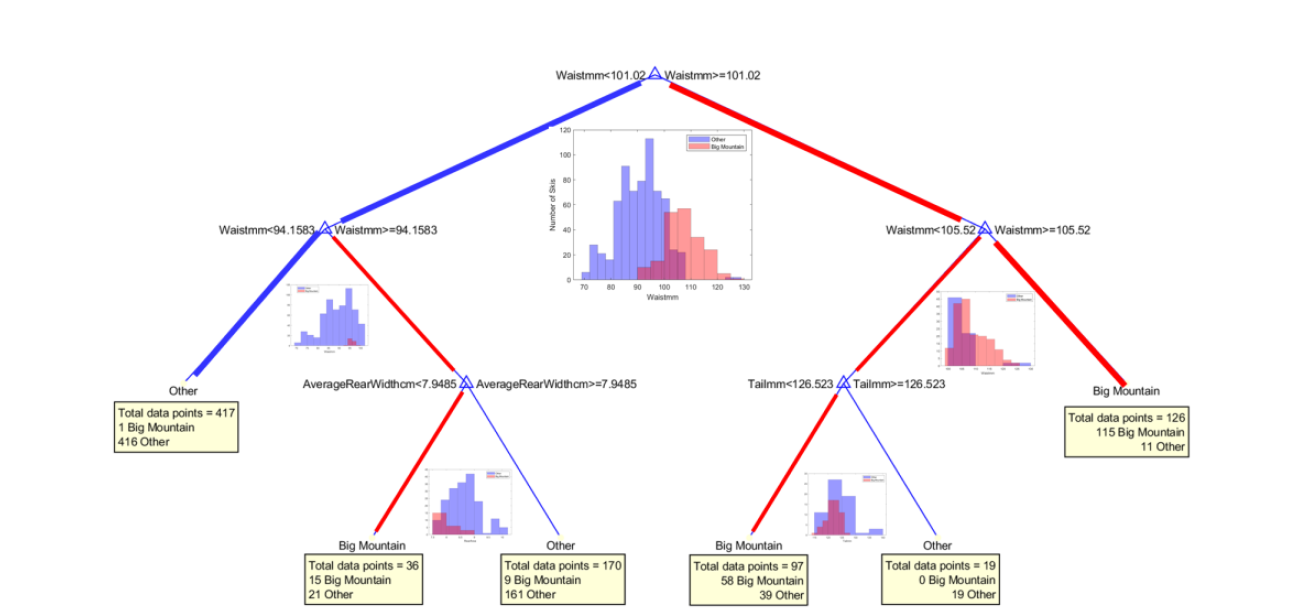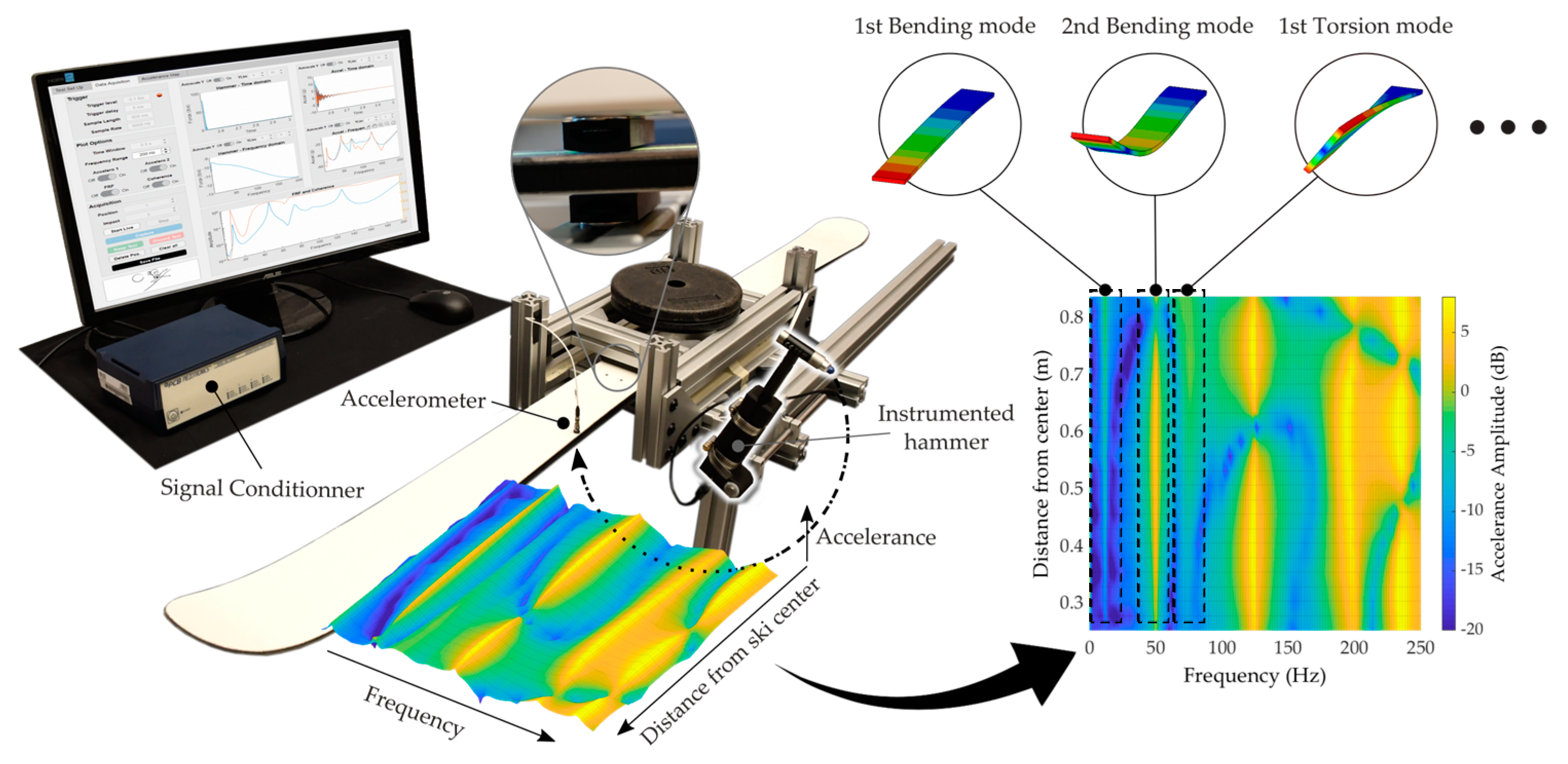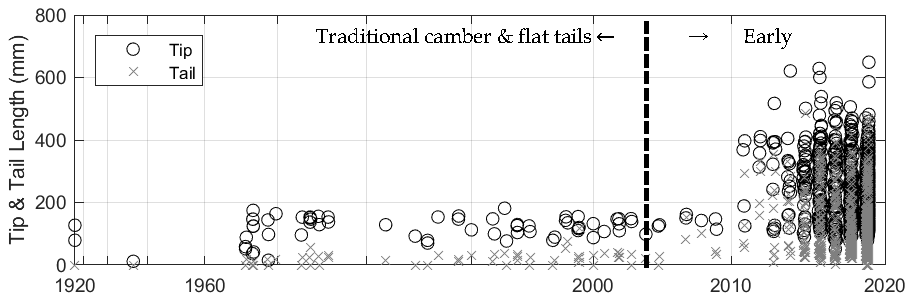Sooth Selector inc. (owner of SoothSki) is a spin-off from research efforts conducted under the leadership of Alexis Lussier-Desbiens at Sherbrooke University in Canada. We proudly re-invest our revenues into R&D related to sport equipment understanding and development. Here's a list of published papers by Alexis and students working with him, supported by Sooth Selector inc.
Scientific Publications

Predicting alpine skis on-snow evaluations from measured physical attributes
15th conference of the International Sports Engineering Association, ISEA 2024

Comparative Study of Ski Damping Technologies by Accelerance Maps
14th conference of the International Sports Engineering Association, ISEA 2022
Keywords: Alpine ski, Classification Tree, Decision Tree Learning, Ski categorisation

Comparative Study of Ski Damping Technologies by Accelerance Maps
13th conference of the International Sports Engineering Association, ISEA 2020
Keywords: vibration; damping; alpine skis; accelerance map; modal analysis; tuned-mass damper; particle damper; constrained-layer; stiffness

Historical Trends in Alpine Ski Design: How Skis Have Evolved Over the Past Century
13th conference of the International Sports Engineering Association, ISEA 2020
Keywords: alpine skis; camber; mechanical properties; stiffness; sidecut; rocker; shaped skis

A Method for Measuring the Bending and Torsional Stiffness Distributions of Alpine Skis
12th conference of the International Sports Engineering Association, ISEA 2018
Directional stability is an important performance criterion for alpine skis and has been shown to correlate with the second moment of running surface pressure distribution. However, this stability index is complex to measure while skiing and is not practical for testing many skis. It therefore remains unclear what range one can expect in the variation of stability between commercially available skis. In this study, the mechanical properties of 179 skis were measured and the ski deformation was simulated during a steady-state turn to evaluate the stability index. The resulting data provide insight as to what values of stability, which ranged from 0.1 to 98 N m², are to be expected. A novel parameter, the product of the force required to flatten a ski and the square of its sidecut length, was introduced. Its high correlation with a ski’s stability suggests it can be used as an accurate predictor of stability.
Keywords: stability; alpine skis; deformation; simulation

Alpine Skiing Recommendation Tool and Performance Prediction
12th conference of the International Sports Engineering Association, ISEA 2018
Selecting appropriate skis remains a difficult task for many customers due to the lack of information provided on the bending and torsional stiffnesses of these products. This work investigates how these mechanical properties influence the on-snow ski performance and how an individual skier profile is related to its preferred mechanical properties. To do so, twelve skis were manufactured to exhibit large variations in stiffnesses. Twenty-three skiers provided on-snow feedback and skier profiles through a questionnaire. Simple and multivariable linear correlation analyses were carried out between the skier profile data, their evaluations of the skis and the stiffnesses of the skis. Strong relationships were found between the properties of the skis and some performance criteria, and between the profile of the skiers and the properties of their favourite skis. With further testing, these relationships could be used to design personalized recommendation tools or to guide the design of custom skis.
Keywords: ski; performance; recommendation; stiffness; subjective evaluation

A Method for Measuring the Bending and Torsional Stiffness Distributions of Alpine Skis
11th conference of the International Sports Engineering Association, ISEA 2016
A novel non-destructive method for quickly, accurately and simultaneously measuring the bending and torsional stiffness distributions of an alpine ski is presented. This method, named SMAD (Stiffness Measurement through Angular Deformations), is based on measuring the angular deformations resulting from a known combined bending and torsion load. The method’s accuracy and repeatability is investigated and are on average under 2% and 3%, respectively. The coupling in the measurement of the bending and torsional deformations during combined loading due to ski misalignment in the test machine is investigated. The measured torsional deformation was found to be independent of the bending load. The measured bending deformation was found to be dependent on the torsional load but this effect could be limited by careful alignment of the ski in the test machine.
Keywords: Stiffness; Rigidity, Bending, Flexural, Torsional, Measurement
